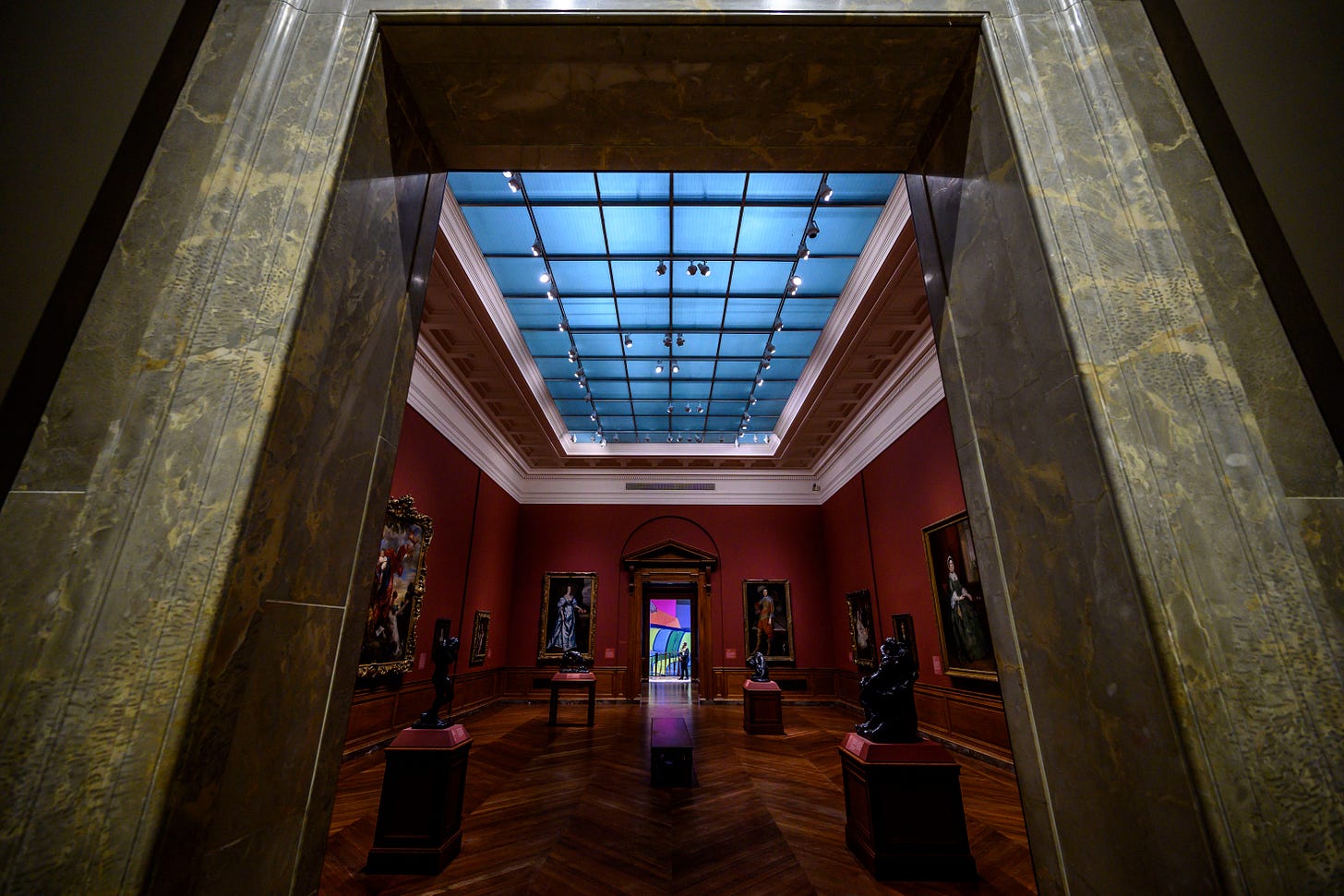Last year, citing financial strains imposed by the lockdown, the Association of Art Museum Directors relaxed its code of practice for "deaccessioning" - the sale of permanent collection pieces to fun…
© 2025 Angela Nagle
Substack is the home for great culture




